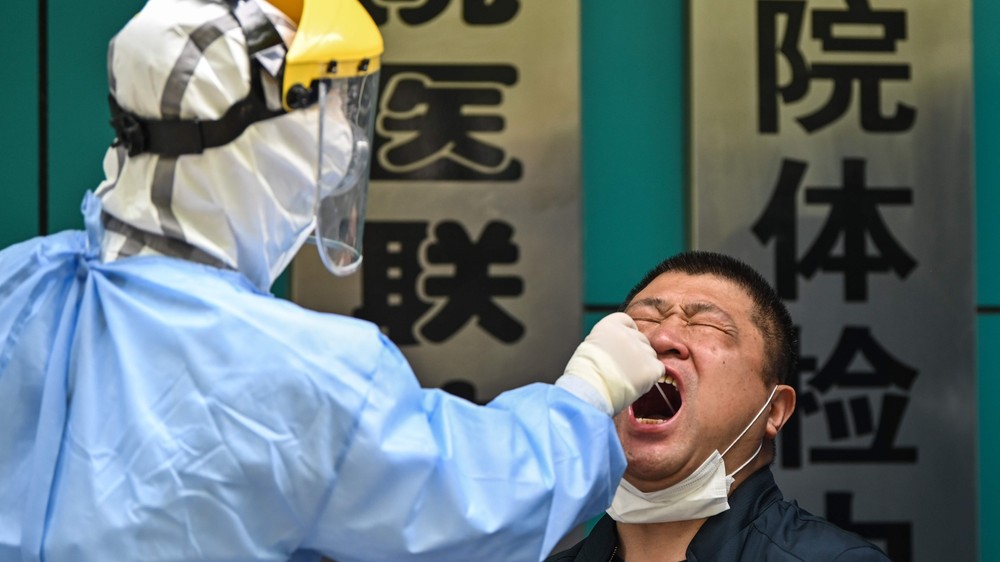
In May, health ministers called upon WHO to identify the origins of the virus and how it crossed the species barrier. That came months after China announced the first cases of pneumonia of unknown cause to the WHO in Wuhan, central China, and closed a market where it is suspected that the novel coronavirus has emerged.
Now a team of 12-15 international experts, including Danish Thea Fischer, is finally preparing and expected to go to Wuhan to examine evidence, including human and animal samples collected by Chinese researchers, and to build on their initial studies.
Thea Fischer said that the team would leave in early January for a six-week mission, including two weeks of quarantine on arrival. She further explains, ““Phase 1 was supposed to be completed by now, according to the terms of reference, and we should have some results. If that’s what we get when we come to China…that would be fantastic. Then we are already in phase 2.”
The United States called for a WHO-led ‘transparent investigation after accusing China of concealing the extent of the outbreak which allowed Chinese scientists to perform the first phase of preliminary research.
It’s been widely debated whether the virus stems from animal to human infection or if it’s a man-made virus. A Western diplomat said that the team was expected to leave in early January, ahead of WHO’s executive board opening on Jan. 18, adding: “There is strong pressure on China and on WHO.” Another western diplomat pointed out that the mission is on good terms and the purpose is to find the origin of the virus to prevent further outbreaks.
Read the full article from Reuters here


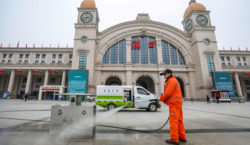
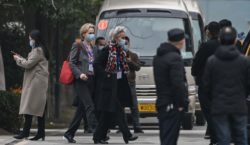
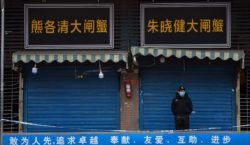
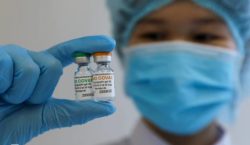
There is a lot that goes into cleaning. From the
definition above it demonstrates that cleaning
is the elimination of any harmful substance, including germs, from a material or surroundings.
In essence, cleaning is the elimination of any contaminant which has either
been or will be introduced to any part of your life. Cleaning
is the process of removing potentially harmful objects,
including bacteria, mold, airborne spores, dust particles,
dirt, and any other impurities. Cleaning takes place in various different contexts
and uses several distinct practices.
My blog: Allan
Gorakhpur has its own cultural and historical importance. Gorakhpur has been the birth place of firaq Gorakhpuri, workplace